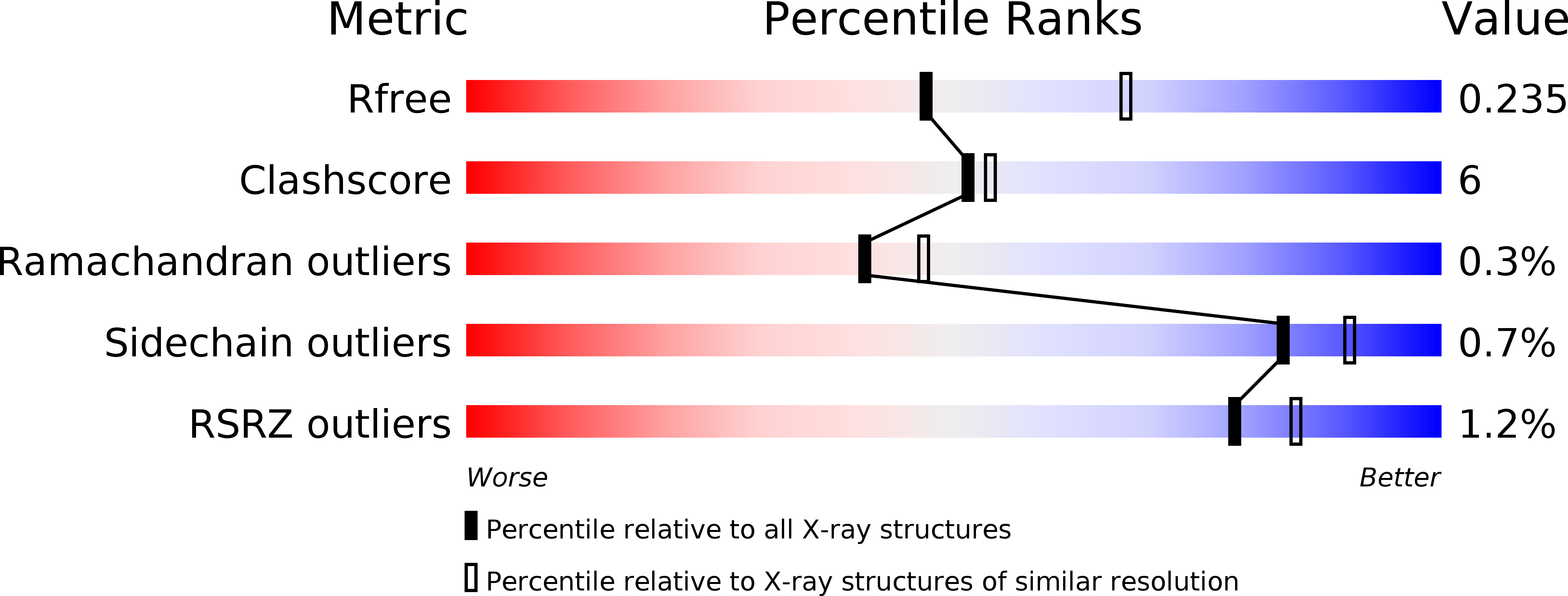
Deposition Date
2016-07-29
Release Date
2016-12-21
Last Version Date
2024-11-20
Entry Detail
PDB ID:
5GOV
Keywords:
Title:
Crystal Structure of MCR-1, a phosphoethanolamine transferase, extracellular domain
Biological Source:
Source Organism:
Escherichia coli (Taxon ID: 562)
Host Organism:
Method Details:
Experimental Method:
Resolution:
2.33 Å
R-Value Free:
0.23
R-Value Work:
0.18
R-Value Observed:
0.18
Space Group:
P 21 21 21


